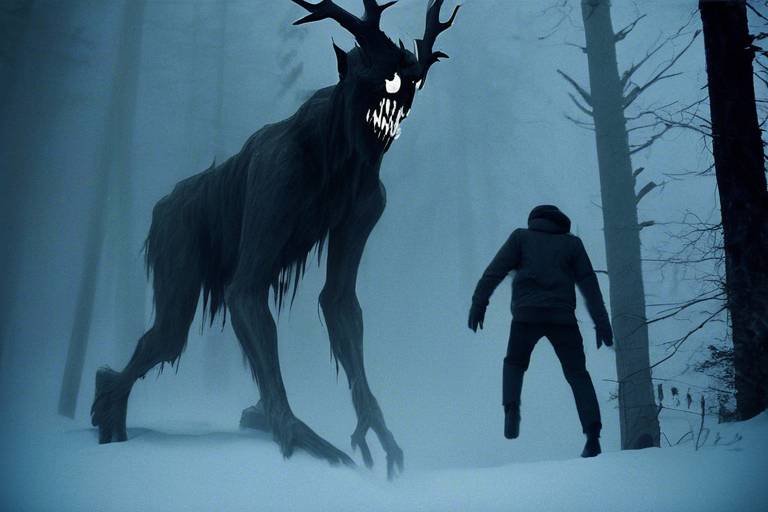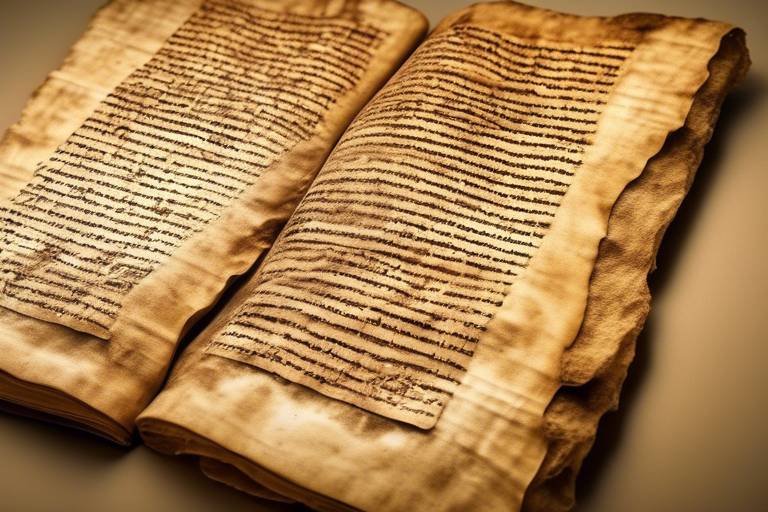The Enigma of the Ancient Etruscans
Delve into the mysterious world of the Ancient Etruscans, a civilization shrouded in enigma and intrigue. Known for their advanced culture in ancient Italy, the Etruscans continue to fascinate historians and archaeologists with their unique language, art, burial customs, and profound influence on Roman civilization.
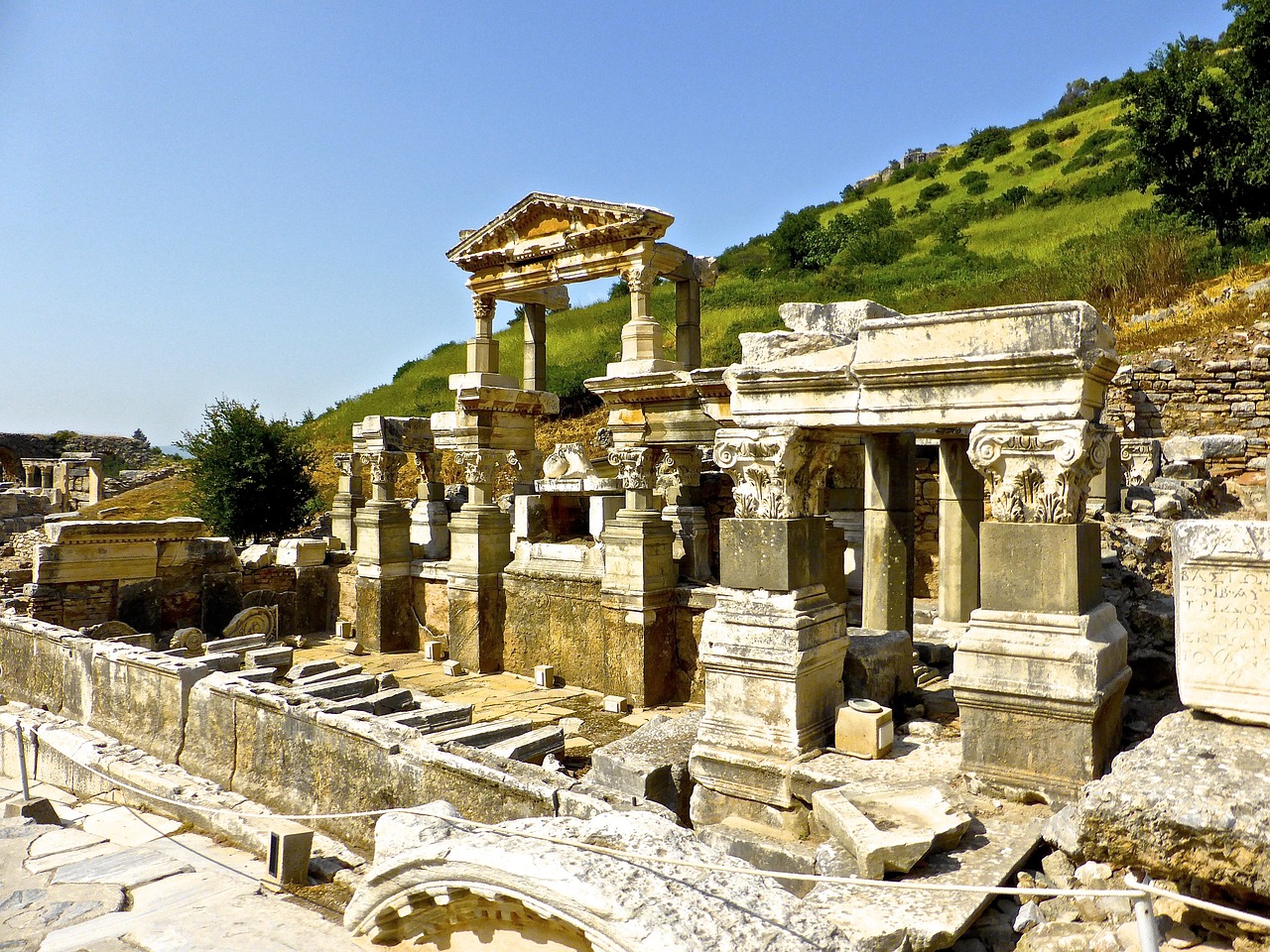
Origins and History
The origins of the enigmatic Etruscans are shrouded in mystery, with scholars and archaeologists piecing together their history through a tapestry of ancient artifacts and texts. Emerging in the fertile lands of central Italy around the 9th century BCE, the Etruscans were a people of great sophistication and cultural richness. Their civilization flourished in the regions of modern-day Tuscany, Umbria, and Lazio, establishing a network of city-states that thrived on trade, agriculture, and craftsmanship.
Tracing their roots to the Villanovan culture, the Etruscans evolved from a tribal society into a powerful civilization renowned for their advanced metallurgy, urban planning, and artistic achievements. Influenced by neighboring cultures such as the Greeks and Phoenicians, the Etruscans forged a unique identity that set them apart in the ancient Mediterranean world.
One of the defining features of Etruscan society was their close connection to the natural world and spiritual beliefs. The Etruscans practiced divination, interpreting omens and signs from the gods to guide their decisions and shape their destiny. Their religious practices, centered around a pantheon of deities, reflected a deep reverence for the supernatural and the afterlife.
As the Etruscan civilization reached its zenith in the 6th century BCE, their influence extended across the Italian peninsula, with major cities like Veii, Tarquinia, and Cerveteri becoming centers of art, commerce, and political power. The Etruscans established a complex social hierarchy, with aristocratic families wielding significant influence in both religious and political spheres.
Despite their remarkable achievements, the Etruscans faced challenges from neighboring peoples and internal conflicts that eventually led to their decline. By the 4th century BCE, the once-mighty Etruscan civilization began to wane, paving the way for the rise of Rome and the absorption of Etruscan culture into the burgeoning Roman Empire.
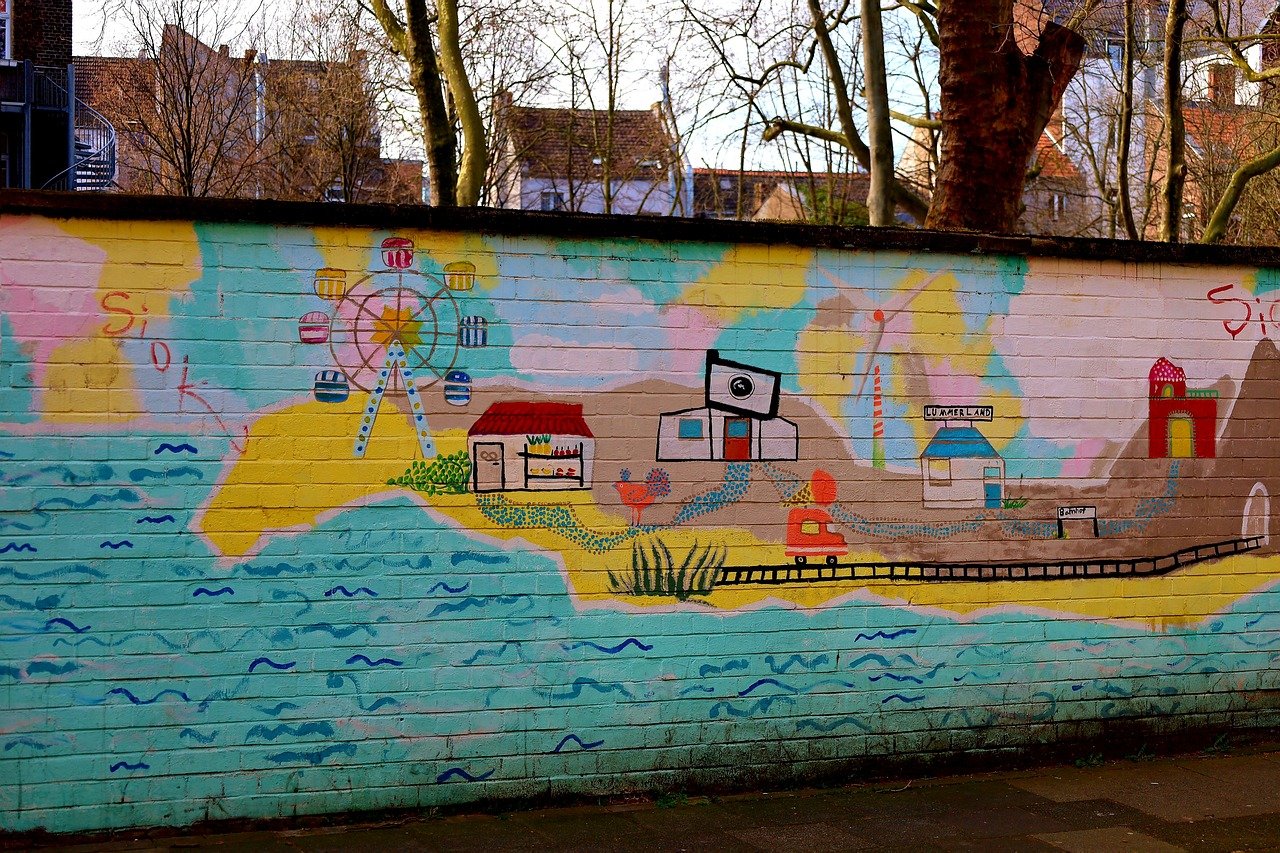
Art and Architecture
The art and architecture of the Etruscans reflect a rich cultural heritage that continues to intrigue scholars and art enthusiasts alike. Known for their distinctive style and innovative techniques, the Etruscans left behind a legacy of artistic masterpieces that offer a glimpse into their sophisticated civilization.
One of the most notable aspects of Etruscan art is their skillful use of terracotta. Etruscan artists were renowned for their exquisite terracotta sculptures, which adorned temples, tombs, and public spaces. These sculptures often depicted scenes from daily life, mythology, and religious beliefs, showcasing the Etruscans' attention to detail and artistic prowess.
In addition to terracotta sculptures, the Etruscans were also skilled in creating vibrant frescoes that adorned the walls of their tombs and homes. These frescoes featured intricate designs, bold colors, and intricate patterns, reflecting the Etruscans' keen eye for aesthetics and their love for storytelling through art.
When it comes to architecture, the Etruscans were pioneers in urban planning and engineering. They built impressive city-states with well-planned streets, drainage systems, and public buildings. The Etruscan cities were characterized by their defensive walls, temples, and grand residences, showcasing their advanced architectural skills and innovative construction techniques.
The influence of Etruscan art and architecture on Roman civilization cannot be overstated. The Romans adopted many Etruscan artistic elements and architectural styles, integrating them into their own culture and buildings. The Etruscans' legacy lives on through the architectural marvels of ancient Rome, demonstrating the enduring impact of this enigmatic civilization on Western art and architecture.
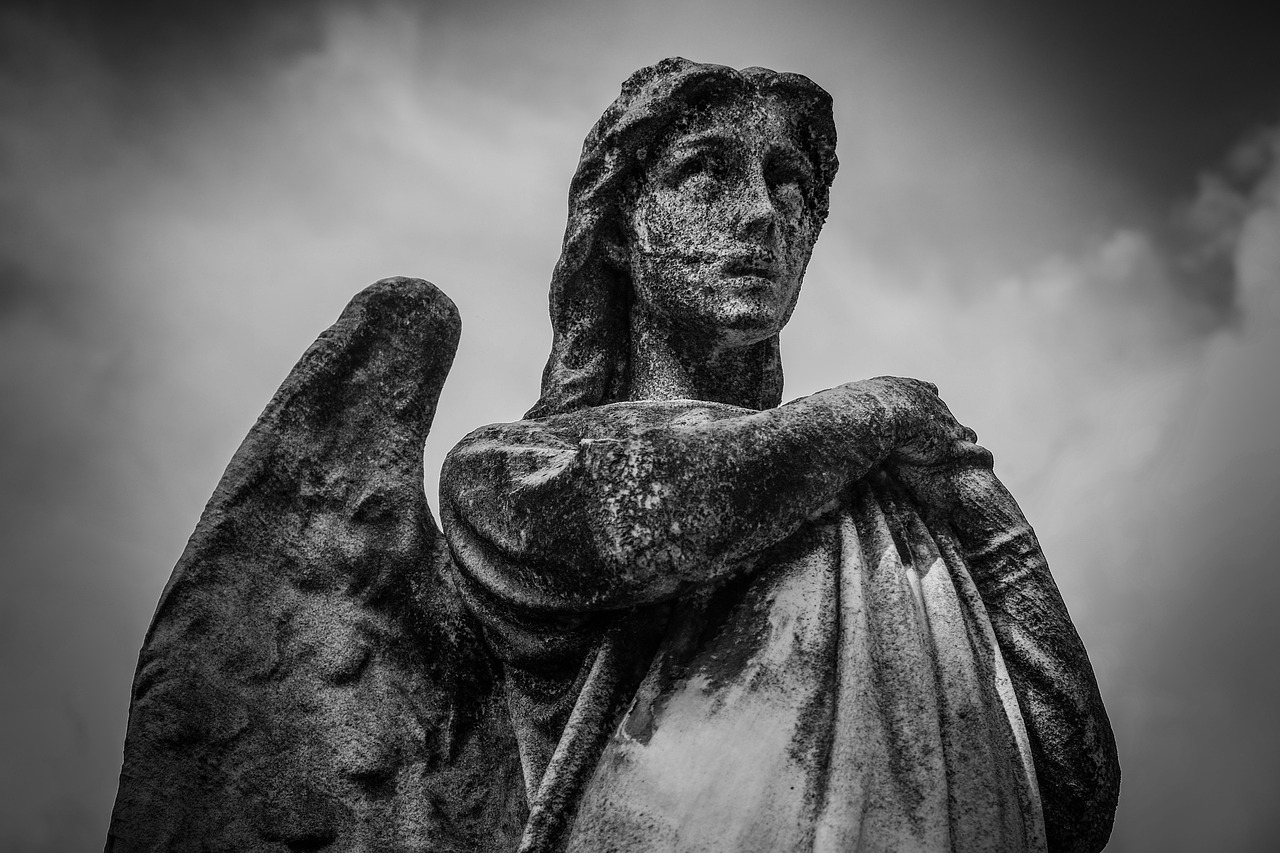
Religion and Beliefs
Delving into the intricate world of Etruscan religion and beliefs unveils a fascinating tapestry of spiritual practices and rituals that offer a glimpse into their worldview. The Etruscans' pantheon of gods, influenced by neighboring cultures such as the Greeks, encompassed a diverse array of deities governing various aspects of life. From Tinia, the chief god associated with the sky and thunder, to Uni, the goddess of fertility and family, each divinity played a crucial role in the Etruscans' daily lives and ceremonies.
Central to Etruscan religious practices was the art of divination, a method of communicating with the divine to seek guidance and predict the future. Haruspicy, the examination of animal entrails, and hepatoscopy, the study of liver patterns, were common forms of divination employed by Etruscan priests known as haruspices. Through these practices, the Etruscans believed they could interpret the will of the gods and make informed decisions affecting their communities.
Funerary customs held profound significance in Etruscan society, reflecting their beliefs in the afterlife and the journey of the soul. Elaborate tombs adorned with intricate frescoes depicted scenes of the deceased's life and their passage to the underworld. The Etruscans practiced cremation, with ashes often placed in ornate urns or sarcophagi, accompanied by personal belongings and offerings for the journey to the realm of the dead.
The Etruscans' spiritual world was intricately intertwined with their daily existence, shaping their art, architecture, and social interactions. The belief in an afterlife and the importance of honoring the gods through rituals and sacrifices underscored the profound influence of religion on Etruscan culture. Through the study of their religious practices and beliefs, historians and archaeologists continue to unravel the mysteries of this ancient civilization and gain insights into the complexities of their spiritual life.

Language and Writing System
The Etruscans, with their mysterious language and writing system, present a puzzle that has intrigued scholars for centuries. Their unique script, known as the Etruscan alphabet, consists of 26 letters derived from the Greek alphabet. However, the meaning and pronunciation of many Etruscan words remain elusive, adding to the enigma surrounding their linguistic heritage.
One of the challenges in deciphering the Etruscan language lies in the scarcity of written texts. Most surviving inscriptions are found on funerary objects, such as sarcophagi and urns, providing limited insights into daily communication and literature of the Etruscans. Despite this limitation, linguistic analysis and comparative studies with other ancient languages have shed some light on the grammar and vocabulary of Etruscan.
Furthermore, the Etruscan language exhibits a non-Indo-European structure, setting it apart from neighboring civilizations. This linguistic isolation has fueled debates among linguists and historians regarding the origins and affiliations of the Etruscans within the broader Mediterranean context.
Recent advancements in computational linguistics and artificial intelligence have enabled researchers to analyze Etruscan inscriptions more efficiently, offering new possibilities for unraveling the complexities of this ancient language. By applying modern computational tools to the study of Etruscan texts, scholars hope to unlock additional layers of meaning and cultural insights embedded in these enigmatic writings.

Social Structure and Governance
The social structure and governance of the Etruscans offer a fascinating glimpse into the organization of their society. At the top of the hierarchy were the aristocrats, comprising wealthy landowners, priests, and military leaders who wielded significant power and influence. These elite members of Etruscan society held key positions in governance, making important decisions that shaped the political landscape of their city-states.
Beneath the aristocracy were the common citizens, craftsmen, farmers, and traders who formed the backbone of Etruscan society. Despite having fewer privileges and rights compared to the aristocrats, these individuals played crucial roles in the economy and daily life of the civilization. The social structure was further stratified, with slaves at the lowest rung, serving the elite and performing labor-intensive tasks.
The governance of the Etruscans was characterized by a system of city-states, each ruled by a monarch or a council of nobles. These city-states, such as Veii, Tarquinia, and Vulci, operated autonomously but maintained diplomatic relations and engaged in alliances and conflicts with neighboring states. The Etruscan League, a loose confederation of these city-states, facilitated cooperation on matters of mutual interest, such as defense and trade.
Religious institutions also played a significant role in the governance of the Etruscans. The Etruscan religious hierarchy, led by high priests and diviners, held considerable sway over political decisions and public affairs. The practice of divination, consulting the gods for guidance through auspices and omens, influenced the decision-making processes of Etruscan rulers and councils.
Moreover, the Etruscans had a complex system of laws and legal procedures that governed various aspects of society, including property rights, contracts, and criminal offenses. Judges and magistrates presided over legal disputes and enforced the rule of law, ensuring order and justice within the civilization. The legal framework of the Etruscans reflected their commitment to maintaining social harmony and resolving conflicts through established judicial mechanisms.

Trade and Economy
Trade and economy were fundamental aspects of the Etruscan civilization, contributing significantly to their prosperity and cultural exchange. The Etruscans were renowned for their thriving maritime trade, which enabled them to establish extensive networks and engage in commerce with various Mediterranean civilizations. Their strategic location along the Tyrrhenian Sea facilitated maritime trade routes, allowing them to import luxury goods such as Greek pottery, Egyptian artifacts, and amber from the Baltic region.
Furthermore, the Etruscans excelled in metalworking, particularly in the production of bronze goods. Their skilled artisans crafted intricate jewelry, weaponry, and household items that were highly sought after in the ancient world. The metalworking industry not only fueled their economy but also enhanced their reputation as master craftsmen.
In addition to trade and craftsmanship, agriculture played a vital role in the Etruscan economy. The fertile lands of Etruria supported a variety of crops, including grains, grapes, and olives. Agricultural surplus allowed the Etruscans to sustain a growing population and engage in trade with neighboring regions. The agricultural wealth of the Etruscans was essential for their economic stability and social development.

Decline and Legacy
Tracing the decline of the Etruscan civilization unveils a complex tapestry of factors that contributed to its gradual fading into obscurity. The once-powerful Etruscan city-states faced challenges from external invasions, particularly by the Gauls and the growing Roman Republic. These conflicts weakened their political influence and territorial control, leading to a gradual decline in their power.
Furthermore, internal strife and social unrest within Etruscan society also played a significant role in their downfall. The emergence of class conflicts, power struggles among aristocratic families, and a shifting social structure eroded the unity that had once characterized their civilization. This internal discord weakened their ability to resist external threats and maintain their cultural identity.
Despite their decline as a dominant political force, the Etruscans left a lasting legacy that reverberated throughout the ancient world and continues to influence modern understanding of art, religion, and culture. Their artistic achievements, such as the exquisite terracotta sculptures and vibrant frescoes, inspired later Roman artists and architects, shaping the aesthetic sensibilities of Western civilization.
Moreover, the Etruscans' religious beliefs and funerary customs, including elaborate tomb structures and divination practices, offered valuable insights into ancient spirituality and the afterlife. Their influence on Roman religion, particularly in the adoption of certain deities and rituals, underscores the enduring impact of Etruscan culture on the development of Roman civilization.
While the Etruscan civilization eventually faded into the shadows of history, its legacy endures as a testament to the resilience and creativity of an enigmatic ancient people. Their contributions to art, architecture, religion, and governance continue to fascinate scholars and enthusiasts alike, serving as a reminder of the rich tapestry of human history and the enduring allure of the past.
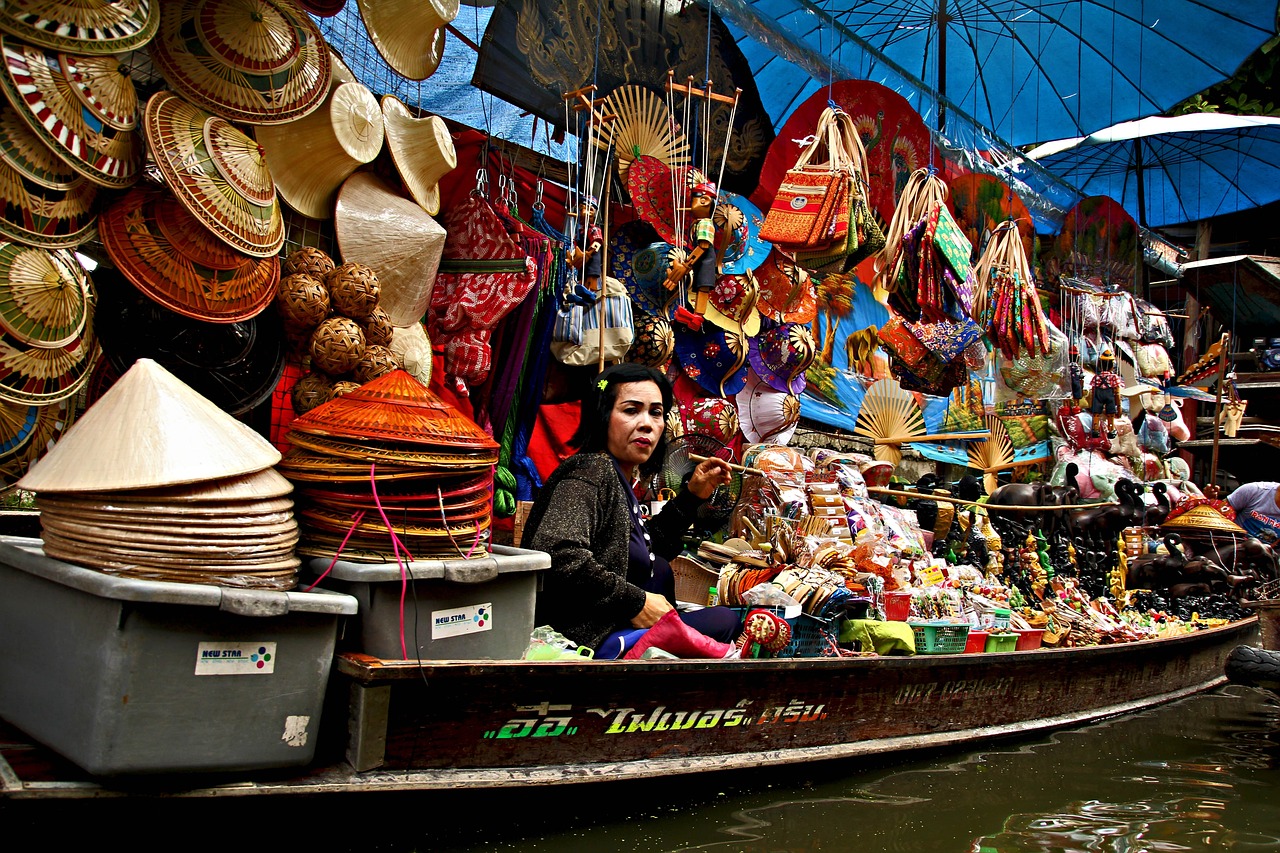
Modern Discoveries and Research
Modern Discoveries and Research surrounding the Etruscans have brought new insights into this ancient civilization, shedding light on previously unknown aspects of their culture and history. Recent archaeological excavations have unearthed remarkable artifacts and tombs, providing valuable clues about Etruscan daily life and customs. Advanced scientific techniques, such as DNA analysis and isotopic studies, have allowed researchers to delve deeper into the origins and genetic makeup of the Etruscans, revealing connections to other ancient populations.
Interdisciplinary studies combining archaeology, anthropology, and linguistics have enabled experts to better understand the Etruscan language and writing system. By comparing Etruscan inscriptions with other ancient languages, scholars have made significant progress in deciphering this enigmatic script, unraveling more of the linguistic mysteries that have puzzled researchers for centuries.
Moreover, ongoing research has focused on the Etruscan economy, trade networks, and interactions with neighboring cultures. Through the analysis of trade goods, such as ceramics and precious metals, historians have gained insights into the economic prosperity of the Etruscans and their role in the ancient Mediterranean trade routes. Excavations of Etruscan ports and workshops have provided valuable information about their maritime activities and industrial production.
Additionally, modern technology, such as 3D scanning and virtual reconstructions, has revolutionized the study of Etruscan art and architecture. By creating digital models of Etruscan cities, temples, and tombs, researchers can explore these ancient structures in unprecedented detail, revealing the intricate designs and urban planning techniques employed by the Etruscans.
Frequently Asked Questions
- What is the significance of the Etruscans in ancient history?
The Etruscans were a remarkable civilization that thrived in ancient Italy, known for their advanced culture and influence on Roman civilization. Their unique language, art, burial customs, and architectural achievements continue to fascinate historians and archaeologists, shedding light on early Italian society.
- How did the Etruscans contribute to Roman art and architecture?
The Etruscans had a profound impact on Roman art and architecture, influencing styles and techniques that are still evident in the remnants of ancient Rome. Their intricate frescoes, sculptures, and urban planning techniques served as a foundation for the artistic development of the Roman Empire.
- What do we know about the religious beliefs of the Etruscans?
The religious practices of the Etruscans were complex and deeply intertwined with their daily lives. They had a diverse pantheon of gods, engaged in divination practices, and held elaborate funerary rituals. Studying their religious beliefs provides insights into their spiritual world and cultural values.
- How has modern research contributed to our understanding of the Etruscans?
Recent archaeological discoveries and scientific advancements have greatly enhanced our knowledge of the Etruscans. Through modern technology and interdisciplinary studies, researchers have been able to decipher their language, uncover new artifacts, and gain a deeper understanding of this enigmatic civilization.




